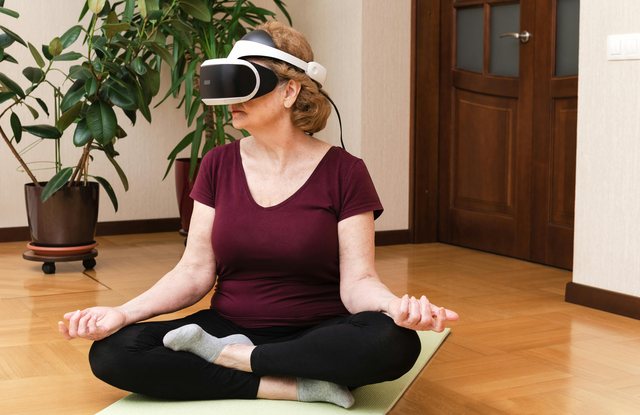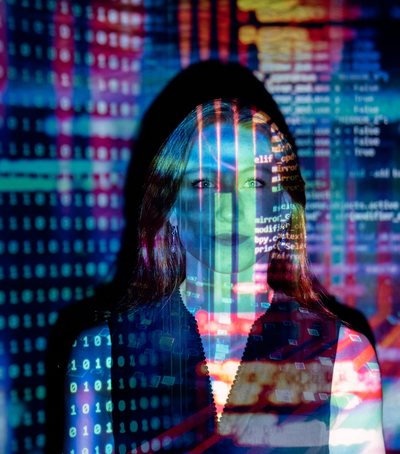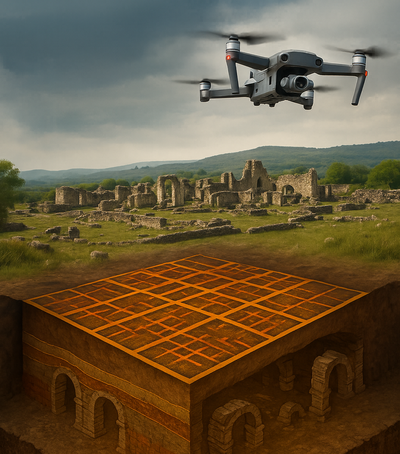
An external brain to aid memory
In the age of digitalization, technology is going beyond entertainment and communication, entering a deeply human dimension: memory. For the elderly suffering from memory loss or cognitive disorders, new platforms are being developed that function as an “external brain.” These digital services store personal stories, photos, voices and memories, making them always accessible to the user.
Augmented reality as a bridge between the past and the present
A key element of this innovation is the use of augmented reality (AR). Through smart glasses or similar devices, seniors can see memories visualized in front of them: photographs that appear in the room they are in, moments from the past reproduced as interactive scenes, and even memories associated with loved ones that appear as if they were there. This combination of memory and technology creates a more intimate and felt experience than a traditional album.
Memory as a service, not as a loss
These platforms are not just archives of personal data, but intelligent systems that remind the user of events, anniversaries, and important life details. In this way, memory loss is not experienced only as a void, but as a step towards a new coexistence with technology, where personal memory is transformed into an accessible service at any time.
The future of human memories
With the advancement of artificial intelligence and augmented reality, virtual memory has the potential to fundamentally change the way we store and experience memories. For the elderly, this technology brings not only practical convenience, but also a sense of security and closeness to the lives they have built. Memories will no longer be simply part of the past, but a living experience that can be revisited at any moment in the present.
Photo by Anastasiia Vyshnevska:
https://www.pexels.com/photo/a-woman-using-virtual-reality-headset-while-doing-yoga-13838858/





